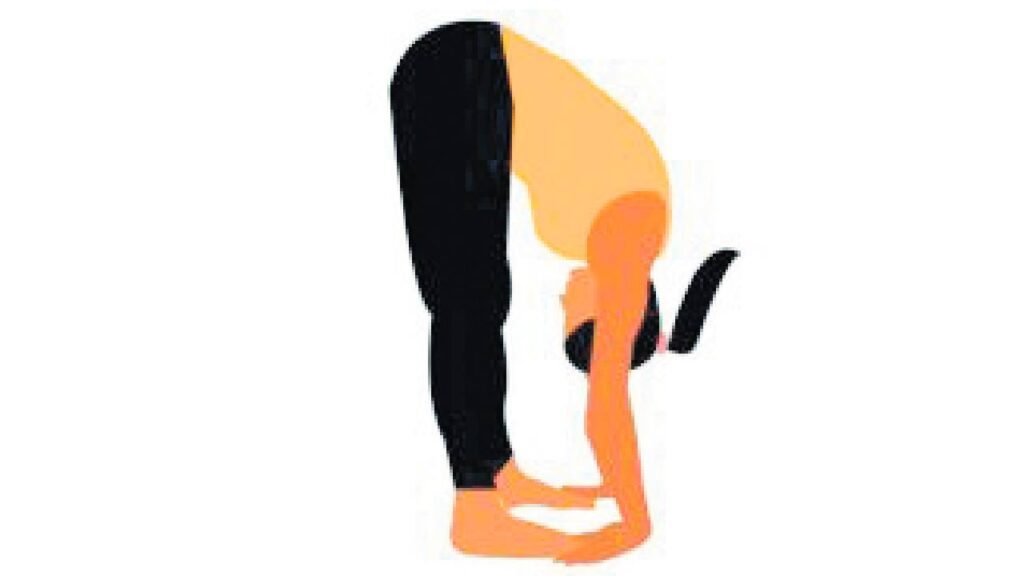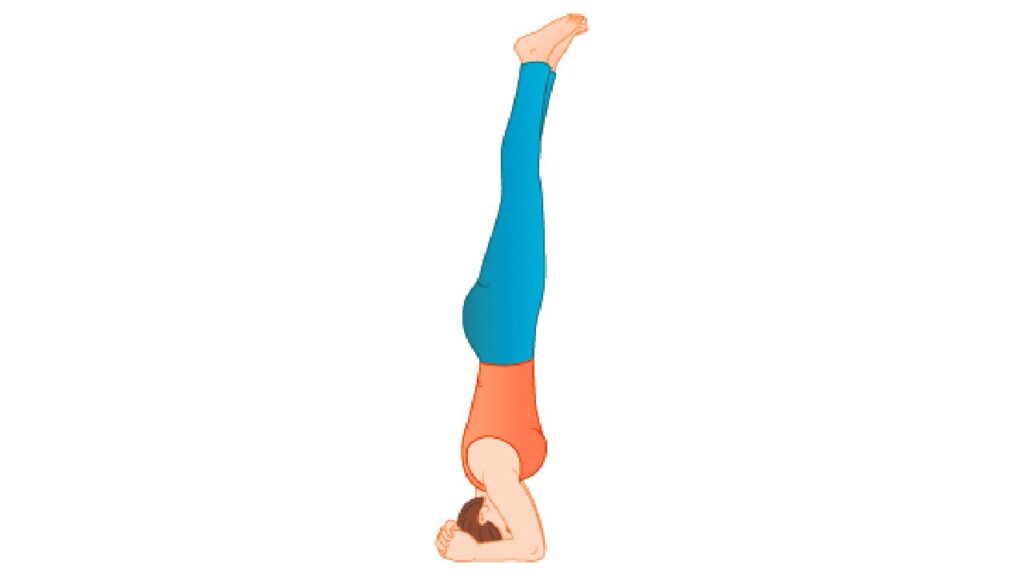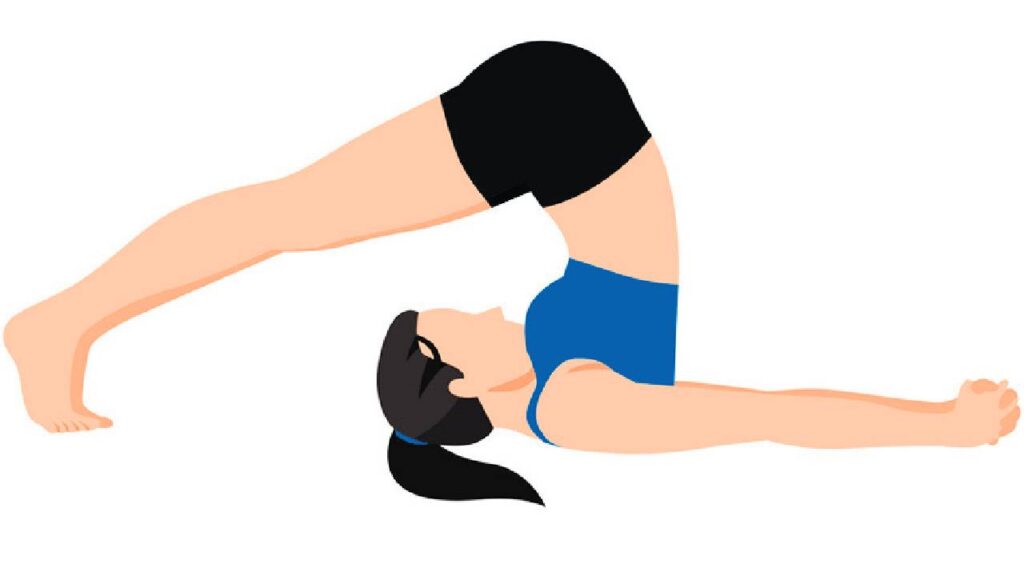Extended working hours spent in front of a computer screen can lead to increased stress and strain on the eyes. Eye fatigue not only affects productivity but can also cause physical and mental exhaustion. To prevent eye strain and maintain healthy vision, consider the following simple tips:
Reduce screen time: Limit the amount of time spent in front of screens each day to give your eyes ample rest.
Take frequent breaks: Instead of sitting for extended periods, take regular breaks to rest your eyes and relax your mind.
Avoid dim lighting: Ensure you have sufficient lighting when reading or working to reduce strain on your eyes.
Steer clear of fluorescent lights: Fluorescent lights can be harsh on the eyes and may weaken your vision over time.
Benefits of yoga for your eye health
To combat eye strain and improve vision, incorporating yoga into your daily routine can be immensely beneficial. Certain yoga poses can help protect your eyes from overexertion and fatigue, ensuring better eye health in the long run.
Tadasana (mountain pose):
Stand tall with your big toes touching and heels together. Engage your abdominal muscles, relax your shoulders down and back, and breathe deeply for 5-8 breaths while actively engaging your leg muscles.
relax your shoulders down and back, and breathe deeply for 5-8 breaths while actively engaging your leg muscles.
Padahastasana (standing forward bend):
Stand in Samasthithi, exhale, and gently bend your upper body, dropping your head while keeping your shoulders and neck relaxed. Place your palms on either side of your feet and, with practice, slowly straighten your knees, attempting to touch your chest to your thighs. Hold this asana for a while.
keeping your shoulders and neck relaxed. Place your palms on either side of your feet and, with practice, slowly straighten your knees, attempting to touch your chest to your thighs. Hold this asana for a while.
Sirshasana (headstand):
Start in Vajrasana. Place your elbows on the ground and interlock your palms. Place the crown of your head on the floor in front of your palms, using them as support. Walk your  toes towards your head until your back straightens. Lift your left leg up after lifting your right leg up and align it with your upper body, utilizing core strength and balance. Stay in this posture for as long as comfortable, joining your legs and pointing your toes downward.
toes towards your head until your back straightens. Lift your left leg up after lifting your right leg up and align it with your upper body, utilizing core strength and balance. Stay in this posture for as long as comfortable, joining your legs and pointing your toes downward.
Halasana (plow pose):
Lie on your back with your palms on the floor beside you. Engage your abdominal muscles and lift your legs up to a 90-degree angle. Press your palms firmly into the ground and lower your legs back behind your head. If needed, support your lower back with your palms. Hold the pose for a few breaths and maintain it for 15 to 20 seconds.
lower your legs back behind your head. If needed, support your lower back with your palms. Hold the pose for a few breaths and maintain it for 15 to 20 seconds.
Chakrasana (wheel pose):
Lie down on your back. Place your hands on the ground beside your head and rotate your arms at the shoulders. Inhale deeply and lift your entire body in an arch, distributing your body weight evenly among your four limbs. Hold the position for 15 to 20 seconds.
arms at the shoulders. Inhale deeply and lift your entire body in an arch, distributing your body weight evenly among your four limbs. Hold the position for 15 to 20 seconds.
Dhanurasana (bow pose):
Lie on your stomach, inhale, and lift both your arms and legs off the ground. Look up as you try to raise your arms and legs as high as possible. Hold the position for 15 to 20 seconds.
you try to raise your arms and legs as high as possible. Hold the position for 15 to 20 seconds.
Desk yoga
Chair yoga, which involves modifying yoga poses to be performed at your desk, can also help reduce eye strain and improve overall posture. Simple poses like Tadasana, Samakonasana, and Utkatasana can be easily incorporated into your workspace routine. Whether you are working from home or in an office, take a few minutes every hour to stretch your body and relax your eyes to maintain your well-being and productivity.
Samakonasana, and Utkatasana can be easily incorporated into your workspace routine. Whether you are working from home or in an office, take a few minutes every hour to stretch your body and relax your eyes to maintain your well-being and productivity.
The author, Himalayan Siddhaa Akshar, is the founder of Akshar Yoga Institutions




